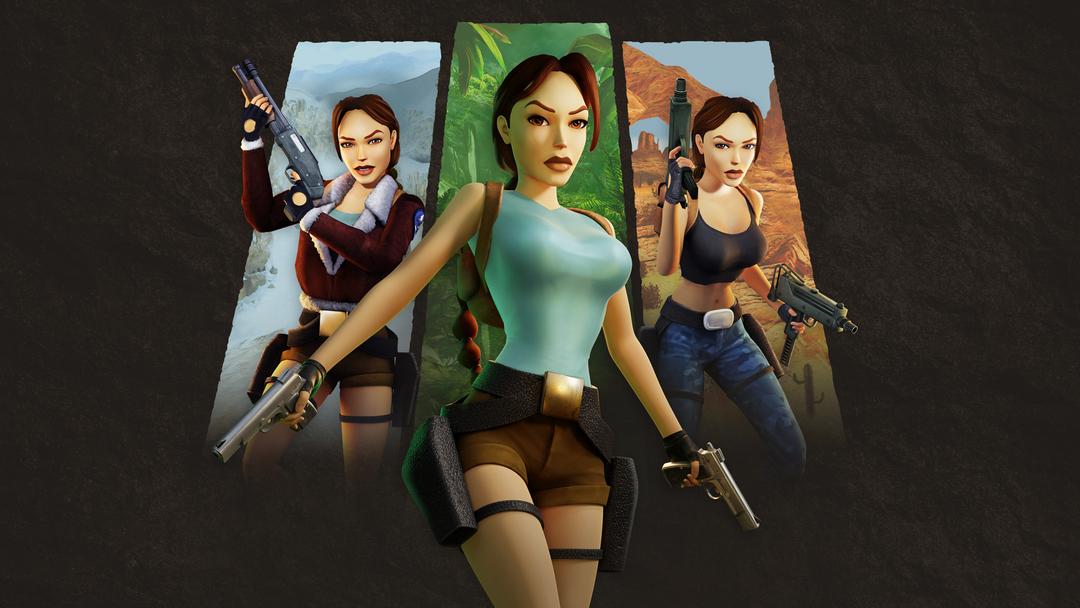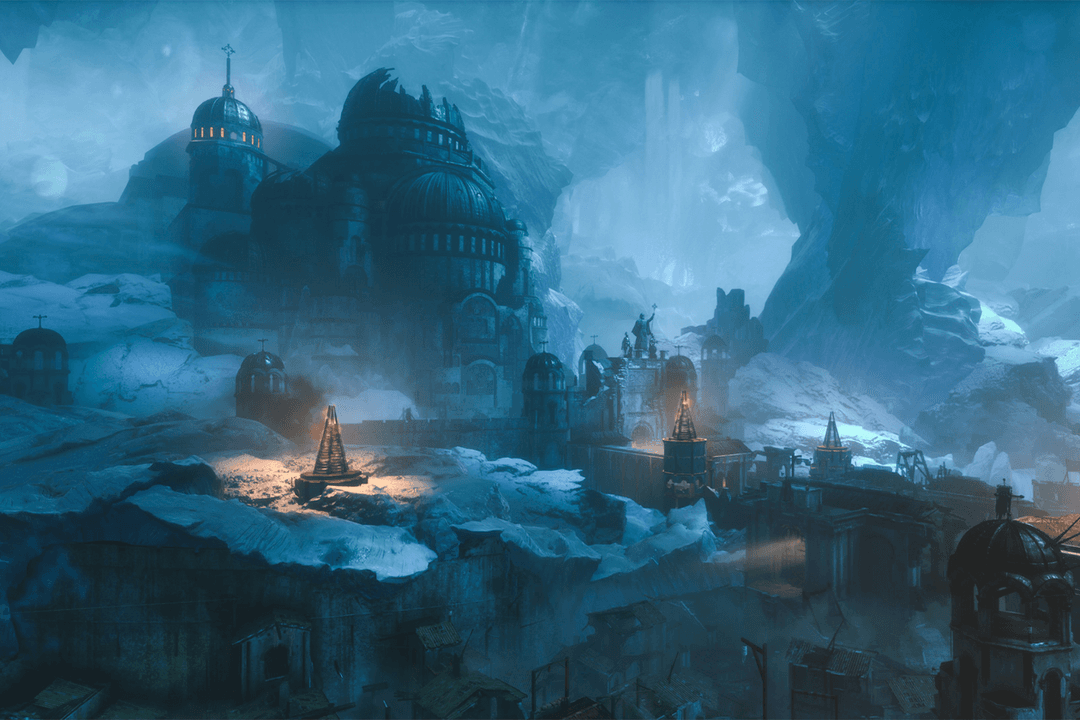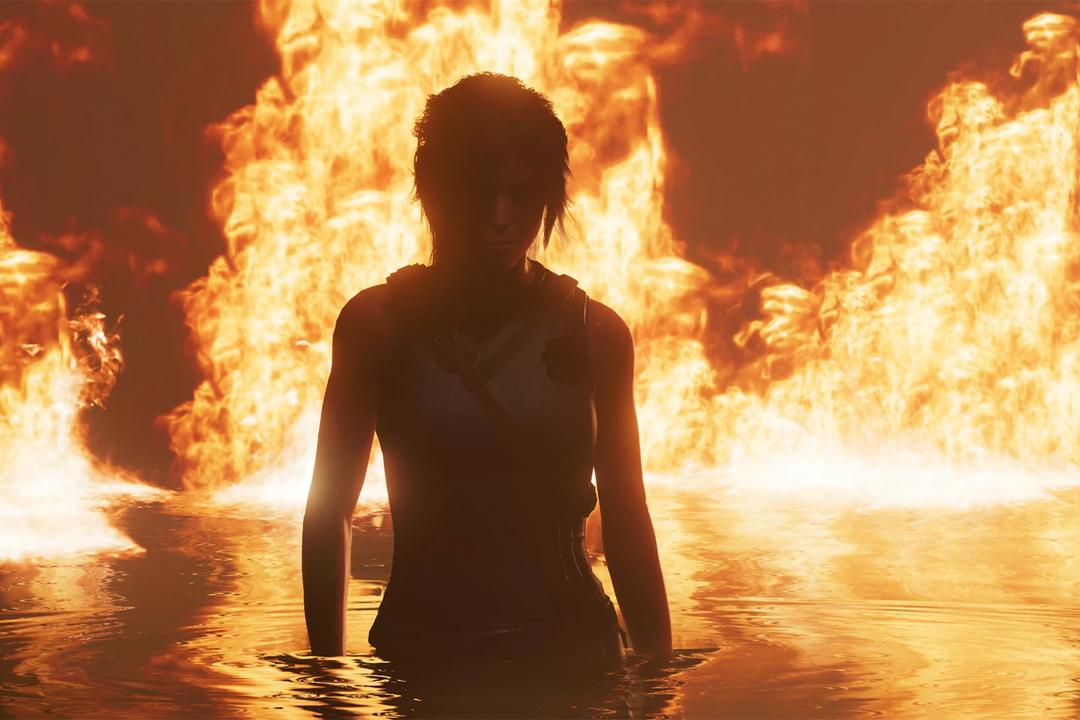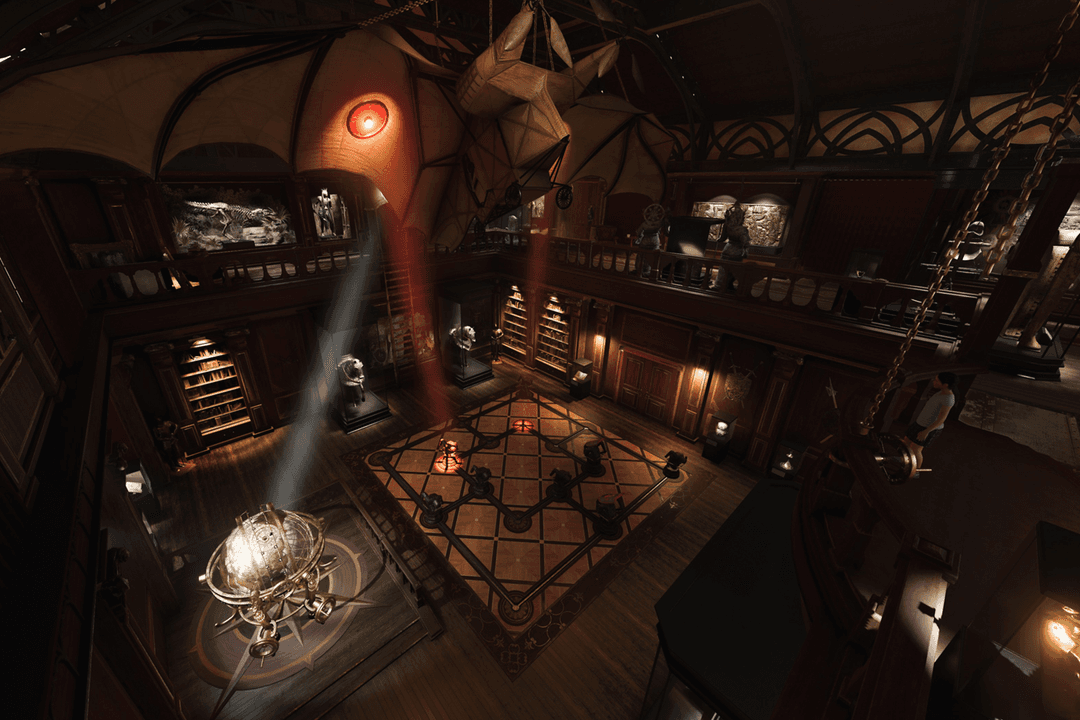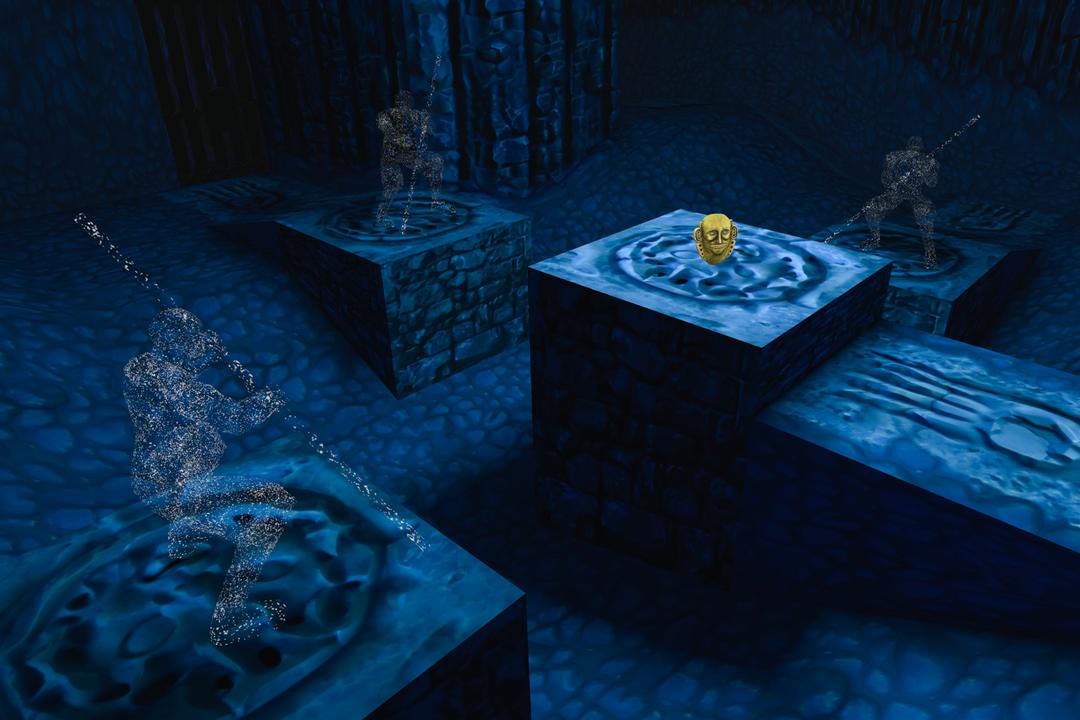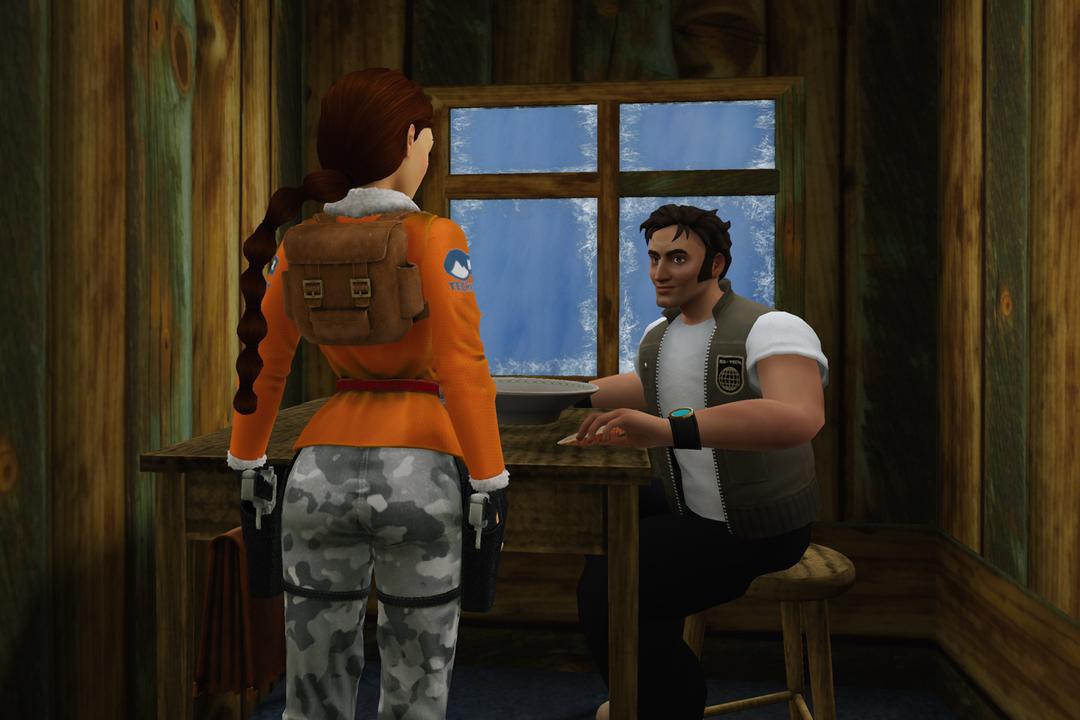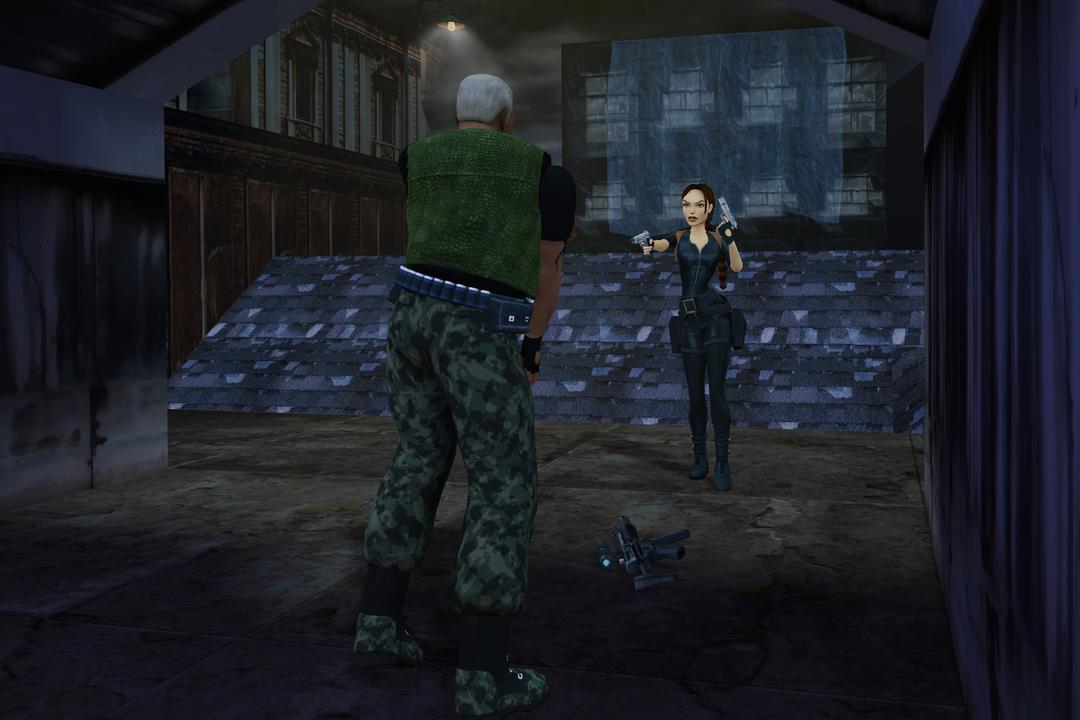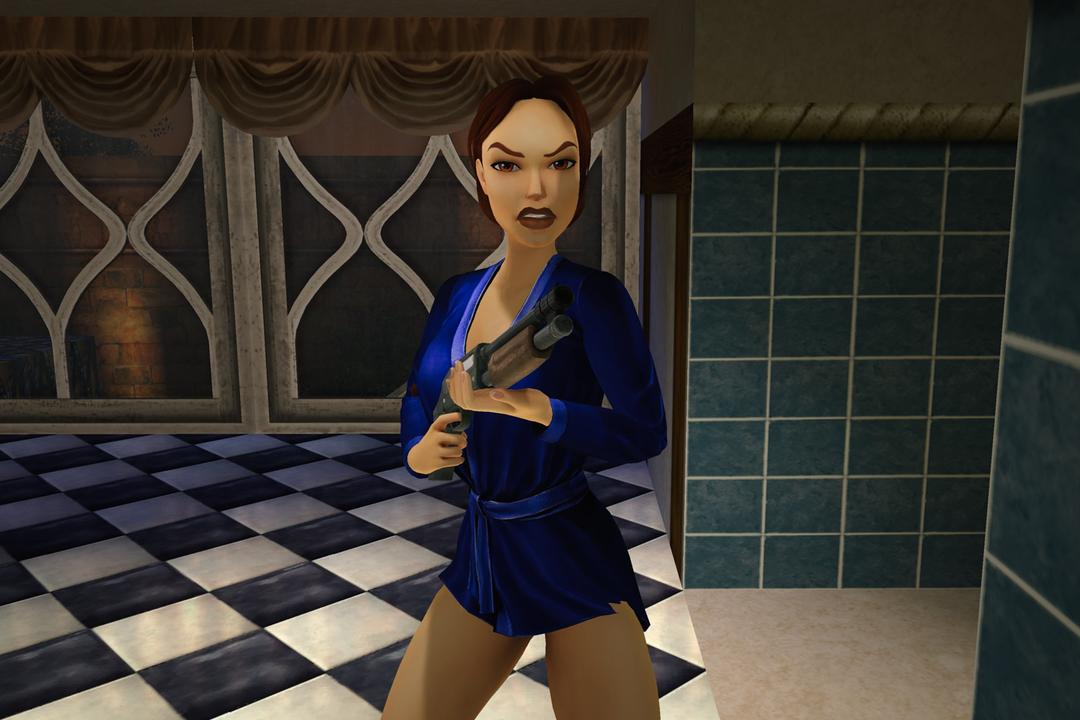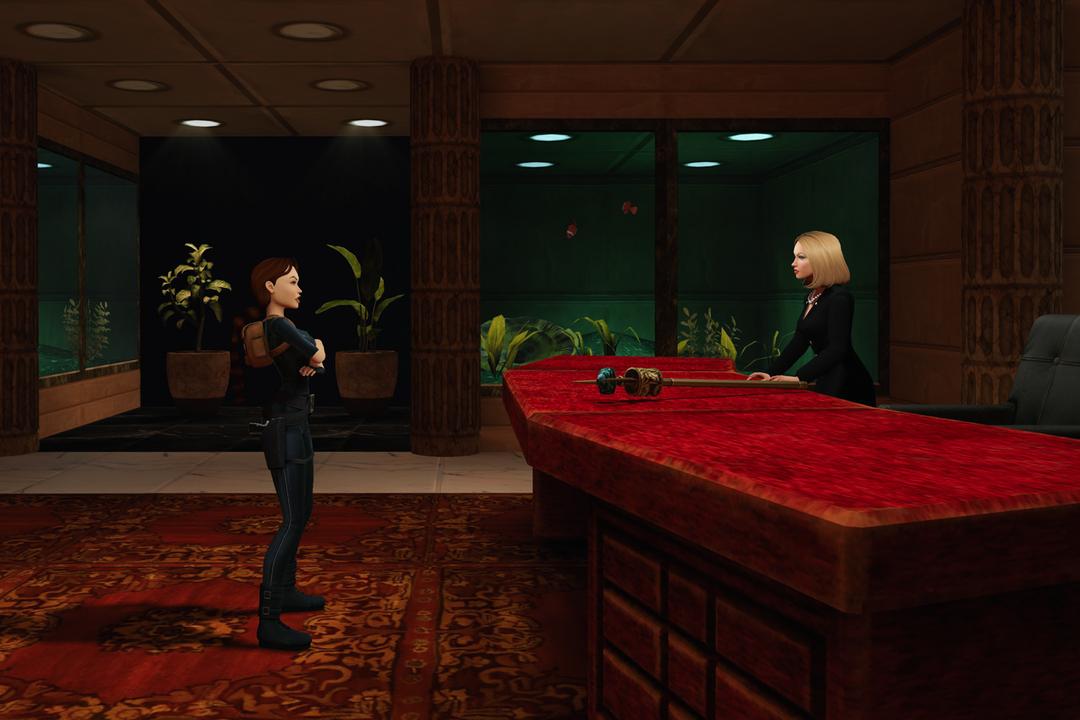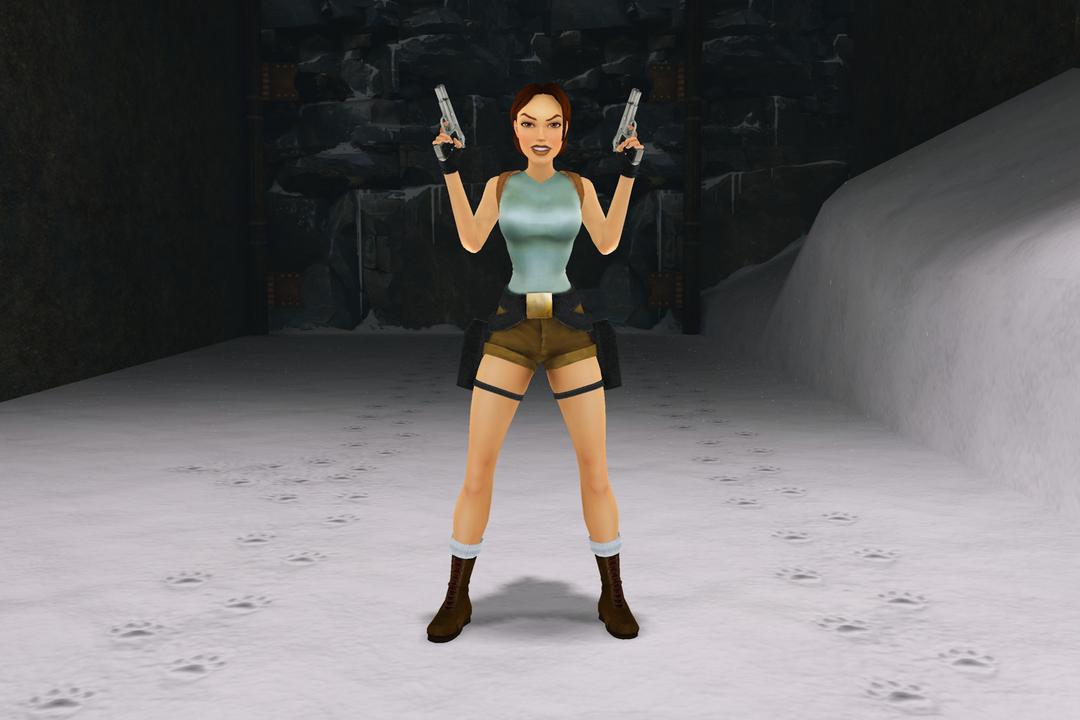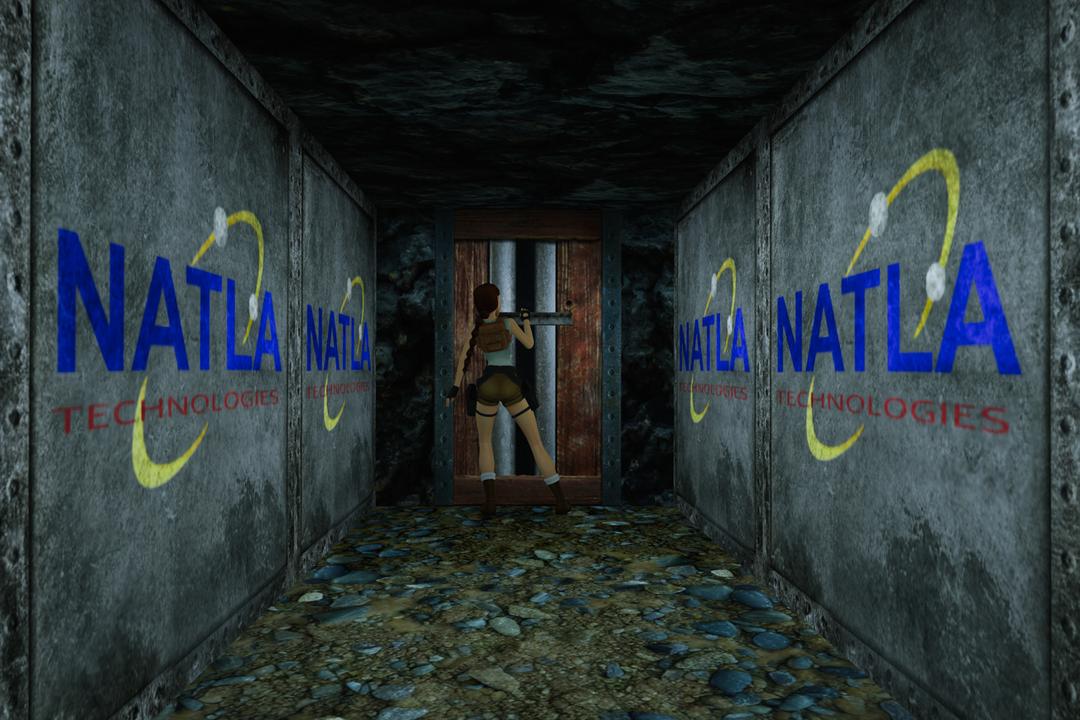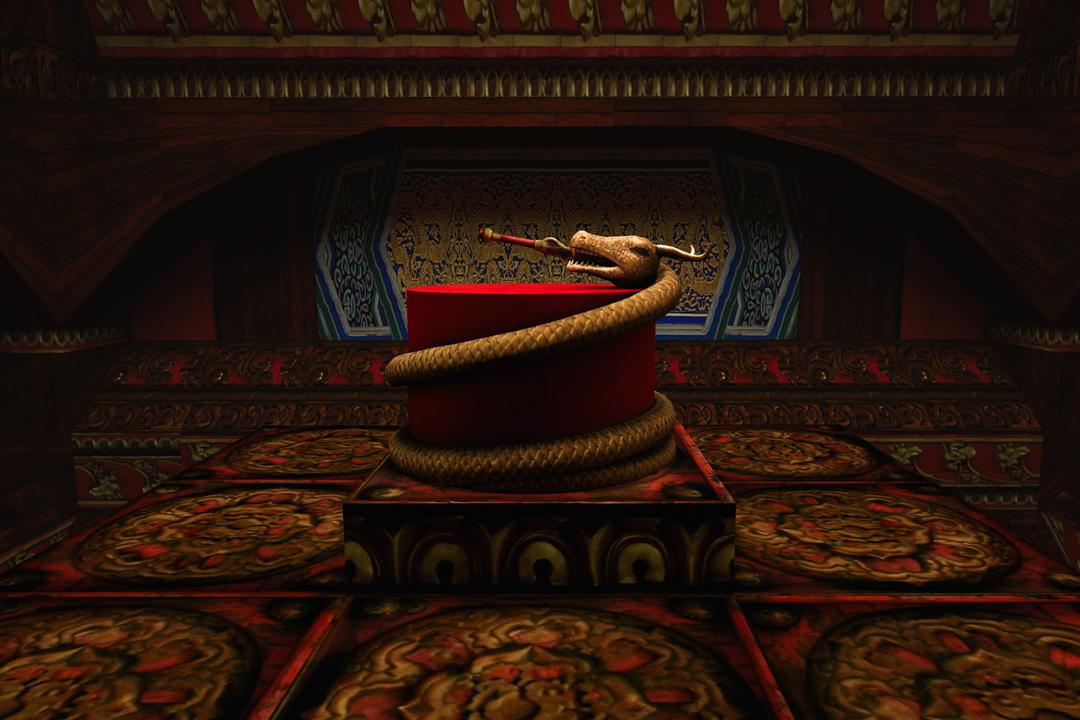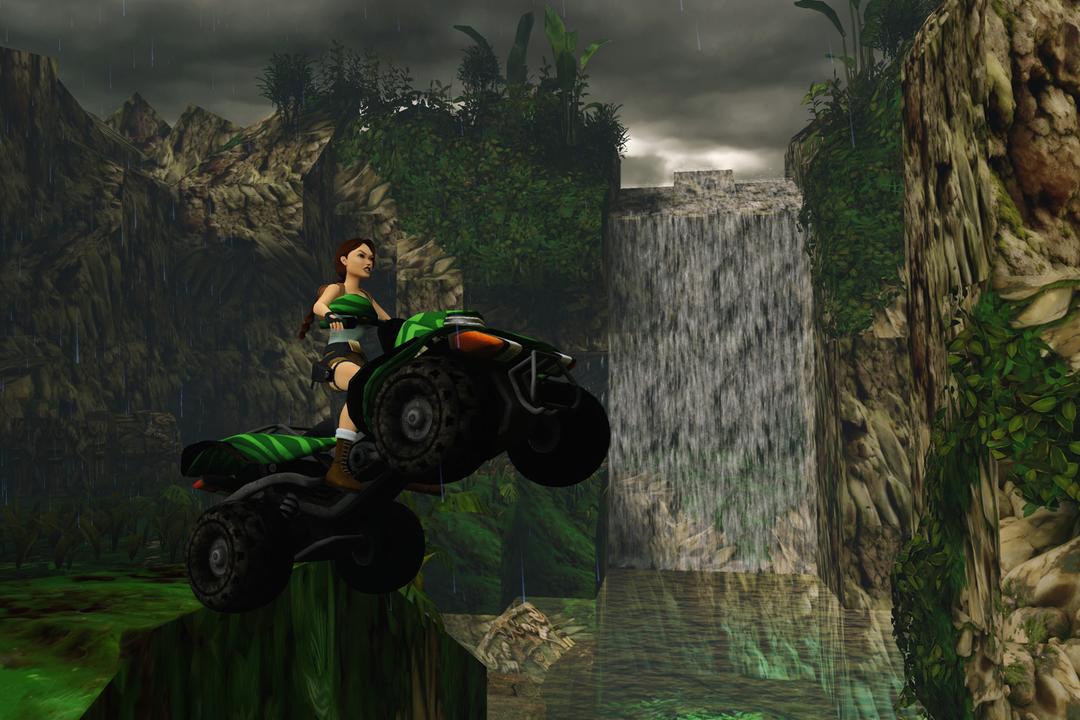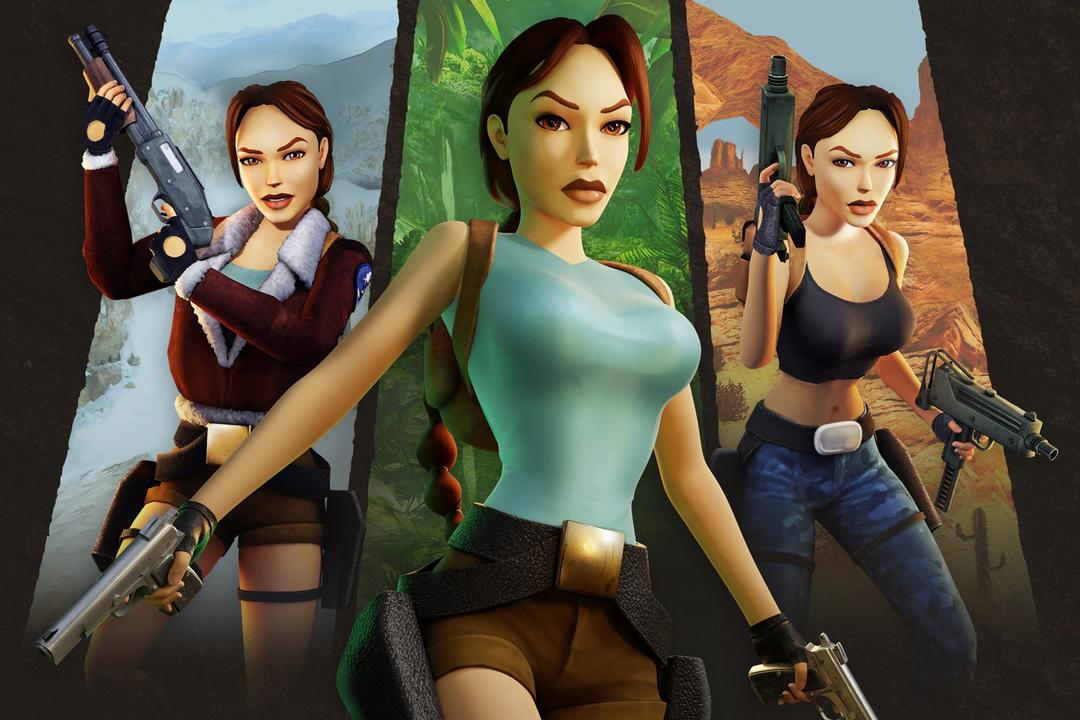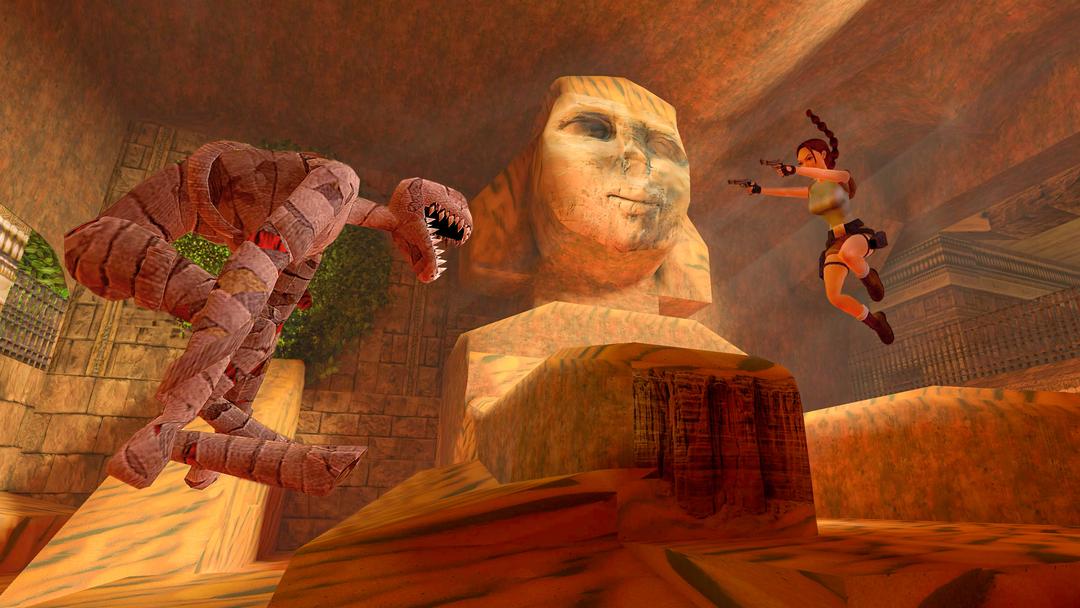.jpg&w=3840&q=75)
.webp&w=3840&q=75)
10 Things You Need to Know Before Playing Classic Era Tomb Raider
Sep 6, 2024

Starting a new gaming series with a rich history and extensive catalogue can feel daunting. With so many titles to choose from, finding the right starting point can be a challenge.
If you want to experience Tomb Raider as fans have over the past 27 years, start with the original Tomb Raider from 1996, which revolutionized the gaming industry. If you would prefer to play in the chronological order of Lara Croft's adventures, begin with the Survivor trilogy.
To help newcomers swan dive into the Tomb Raider franchise, we've created a list of 10 key things to know about each era of the series, beginning with the classic Tomb Raider era developed by Core Design, consisting of six games; Tomb Raider (1996), Tomb Raider II Starring Lara Croft, Tomb Raider III: The Adventures of Lara Croft, Tomb Raider: The Last Revelation, Tomb Raider: Chronicles and Tomb Raider: The Angel of Darkness.
Players can now experience the first three Tomb Raider games in their newly remastered editions, released as Tomb Raider I-III Remastered Starring Lara Croft, which also include the ‘Gold’ expansions for all three games.
1. Grid-Based Level Design and Tank Controls
Classic Tomb Raider games shaped Lara’s movement with a grid-based level design, allowing her jumps to be precisely calculated using the original “tank” controls. Mastering tank controls requires patience and considerable trial and error, but those who conquer them are rewarded with the satisfying experience of executing precise platforming jumps - a skill showcased by many dedicated Tomb Raider speedrunners.
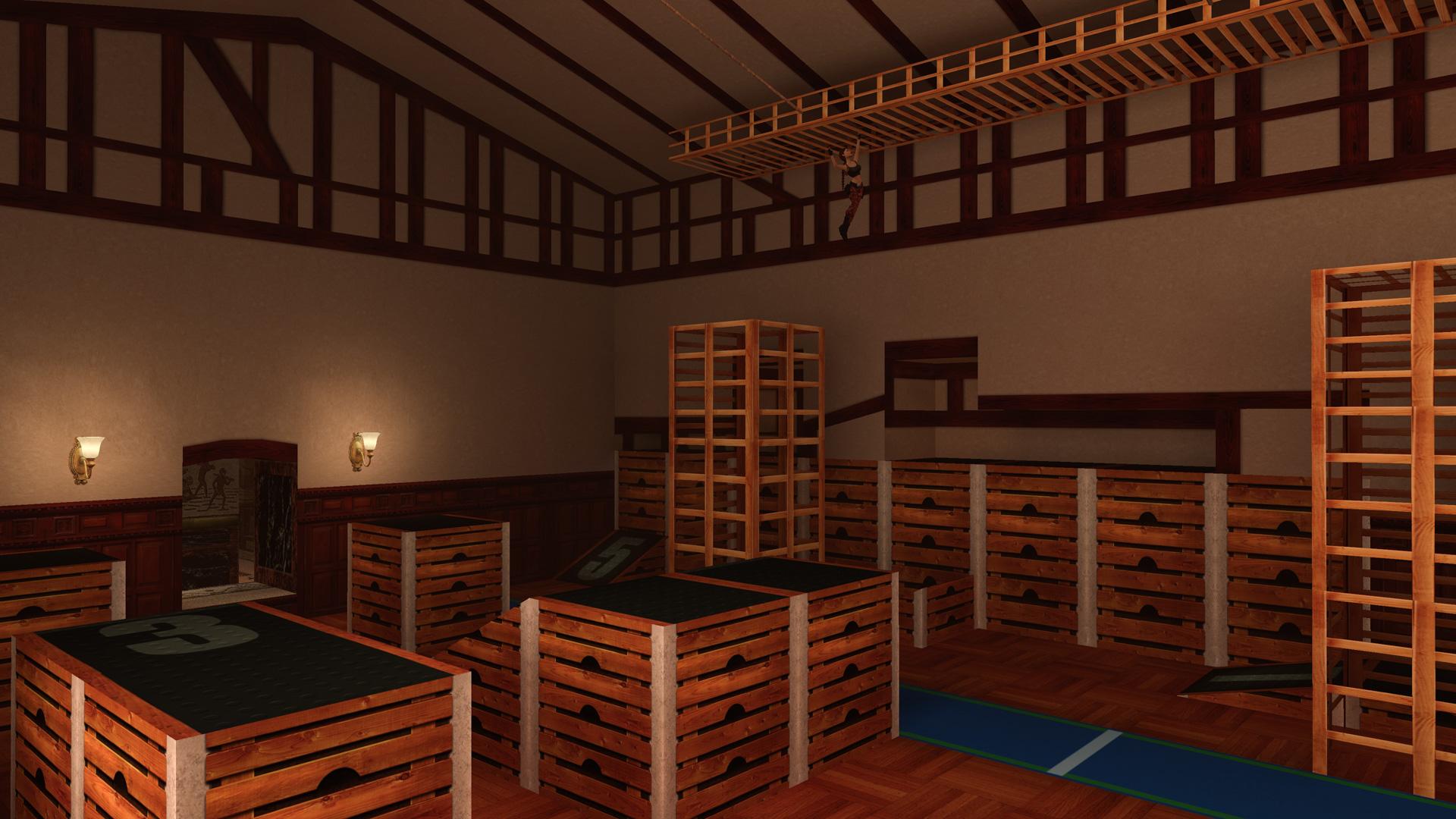
2. Tomb Raider I-III Remastered and the Introduction of Modern Controls
As stated above, mastering the tank controls can be incredibly rewarding, but it demands a lot of patience. To modernize the experience, Tomb Raider I-III Remastered Starring Lara Croft introduced new modern controls that align more closely with current gaming standards. Players accustomed to the original tank controls might need some time to adjust to them. However, modern controls provide the opportunity for a fresh gameplay experience, allowing Lara to perform moves that are not possible with the tank controls. This change can also alter how players approach navigating through levels.
3. Lara's Moveset and Mechanics Evolve
Lara’s moveset was innovative for its time and was further developed in later games, starting with the basics in Tomb Raider. To help players get comfortable with the controls, Tomb Raider introduced Croft Manor, a ‘safe’ level where Lara instructs players on how to perform each move before diving into the main adventure. As Lara’s moveset expanded, so did Croft Manor. To learn how Croft Manor evolved alongside Lara’s moveset, check out our blog on the Croft Manor Training Course.
Tomb Raider: The Last Revelation is the first game that doesn’t feature Croft Manor; instead, the first level serves as a training course where Lara’s mentor, Professor Werner Von Croy, instructs her on how to perform certain actions.
Tomb Raider: Chronicles includes the 'Opera Backstage' location in the first 'The Streets of Rome' level, where Lara again breaks the fourth wall to give instructions. This part of the level is optional unless players are aiming to collect all secrets.
In Tomb Raider: The Angel of Darkness, Lara guides players through the first section of the game on how to perform specific moves, even amid the action.

A few new mechanics are introduced in Tomb Raider: The Last Revelation and Tomb Raider: Chronicles, including item combination and binoculars. Combining items allows Lara to merge certain key items and attach a laser sight to specific weapons.
While binoculars might seem like a nice-to-have feature, they are crucial for puzzle-solving, especially in The Last Revelation, where they include a light to illuminate dark areas that would otherwise be impossible to see. Many first-time players overlook this feature because it is never explained in the game.
The compass, which first appears in Tomb Raider, returns in The Last Revelation, but this time it is used for puzzle-solving.
In the previous titles, Lara's ability to push objects was constrained by the grid-based system, meaning she could only push objects in fixed distances. However, in Angel of Darkness, this mechanic is more flexible - Lara can now push objects to any length she needs, providing greater precision. We recommend keeping this mechanic in mind for 'The Strahov Fortress' level.
4. Save!
In the classic Tomb Raider games, there is no auto-save or checkpoint system. Instead, the save system provides a fixed number of save slots. Players can manually save at any point in a level, even during dangerous situations, such as while Lara is plummeting to her death. Classic gamers often recall accidentally saving at inopportune moments, so be cautious when saving to avoid overwriting a valuable save file!
If Lara dies in a level and your last save file is from a previous level, Tomb Raider I-III Remastered includes a 'Restart Level' option you can select from the menu's passport. This feature allows players to restart the level where Lara met her demise.
Remember to save frequently and use multiple save slots.
5. You're On Your Own
There are no pointers or objective markers in the classic Tomb Raider games. It’s just Lara Croft and the environment. This setup immerses players fully in the levels, challenging them to rely solely on their own wits. As the games expanded their level design, they introduced new features, such as the landscape system incorporating triangles in Tomb Raider III, and further developed the interconnected levels concept from Tomb Raider in Tomb Raider: The Last Revelation. These advancements made the levels more complex, often requiring players to keep track of their actions and locations. Quitting the game in the middle of a such level can be disorienting when returning later. It’s usually better to take longer breaks after completing such a level for a smoother experience.
Concentration is key!
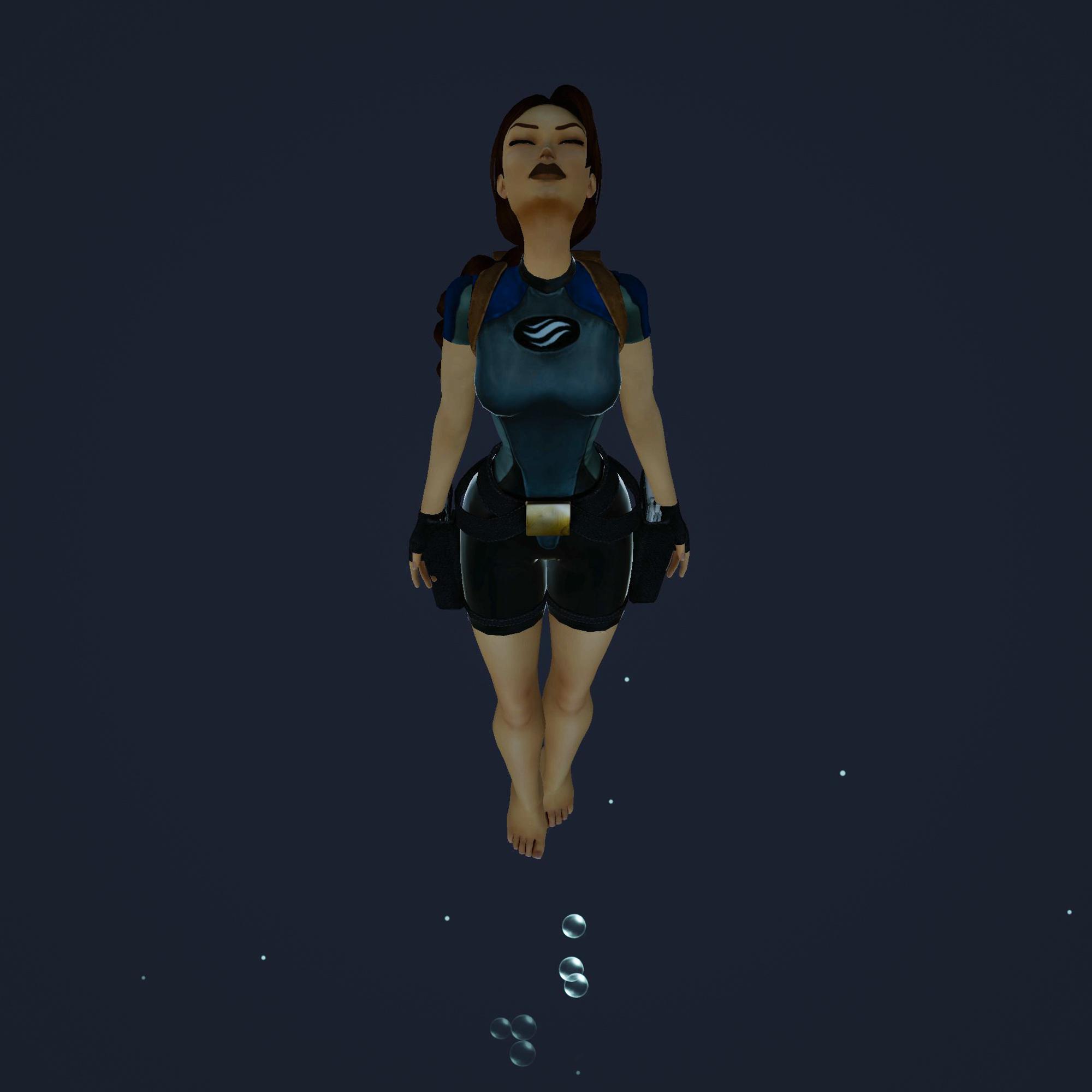
6. Unlimited Firepower
In the first five Tomb Raider games, Lara can always rely on her trusty dual pistols, which have infinite ammo. However, every other weapon she finds requires dedicated ammunition that must be collected throughout the levels. This means players must manage their resources carefully, as Lara can run out of bullets for every weapon other than her dual pistols.
7. The Next Generation
Tomb Raider: The Angel of Darkness introduced a new engine that supported modern level design and brought certain updates to Lara’s moveset and control system. The controls remained similar to those in previous games. However, the PlayStation 2 version featured an updated control scheme designed for the analog sticks, allowing for full 360-degree camera control.
One of the most important features for precise platforming is the introduction of short jumps, performed by holding walk and jump together. While the overall controls are not as responsive as in previous Tomb Raider titles, they can be mastered with a bit of patience.
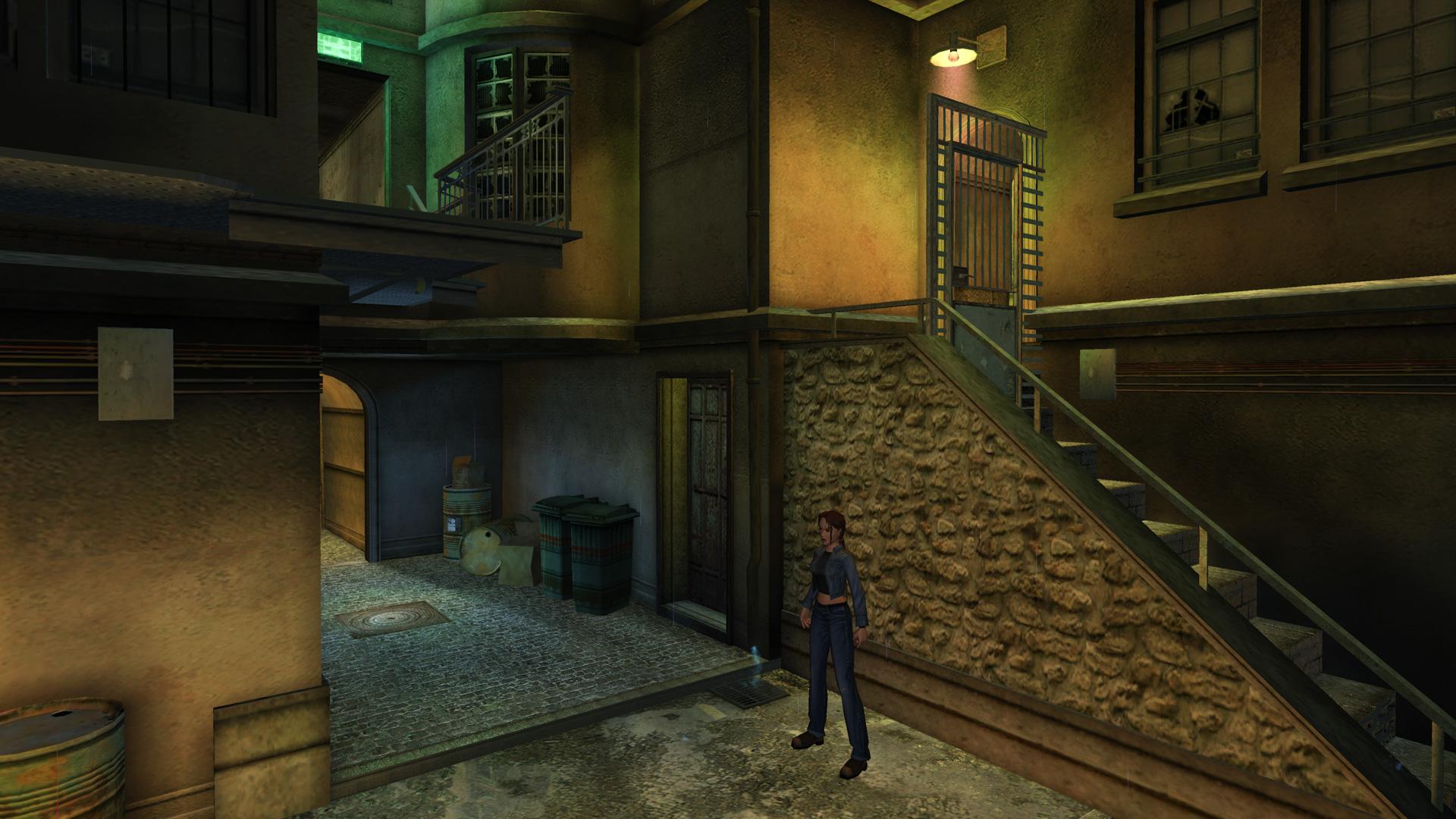
Lara’s unlimited ammo dual pistols are replaced with scavenged weapons, including new silent, non-lethal options for taking out guards.
Lara is now able to perform stealth moves such as commando crawl, wall hug, and peering around corners. Her abilities, like grip strength and jump distance, improve by performing specific actions. Although she can no longer shoot while jumping, targeting remains auto-locked.
8. Kurtis Trent
Tomb Raider: The Angel of Darkness introduces a new playable character, Kurtis Trent. Although Kurtis controls similarly to Lara, he has fewer moves than the iconic raider. Players control Kurtis for three levels: two set in the Sanitarium segment of the Strahov complex and one featuring one of the franchise's most challenging boss fights - Boaz Returns.

9. Vehicles
Vehicle gameplay has been a key feature in most of the classic Tomb Raider series, except for the original Tomb Raider and Tomb Raider: The Angel of Darkness. While each vehicle offers a unique challenge, some are easier to handle than others, adding variety to the gameplay.
Check out our blog, 'Tomb Raider I-III Remastered Vehicles Ranked,' where we’ve ranked every vehicle in Tomb Raider I-III Remastered Starring Lara Croft.
10. Where to start?
The first three Tomb Raider games are self-contained stories that don’t require prior knowledge of the series. While Tomb Raider starts with a beginner-friendly first level, Tomb Raider II and Tomb Raider III ramp up the difficulty right from their opening levels, featuring numerous deadly traps that can be challenging for first-time players. As a result, starting with the original Tomb Raider is the best way for players to familiarize themselves with the game mechanics before tackling the tougher Tomb Raider II and Tomb Raider III.
Tomb Raider: The Last Revelation, Tomb Raider: Chronicles, and Tomb Raider: The Angel of Darkness form a connected trilogy with overlapping story elements. While these elements enhance the overall narrative across the three games, each game can be enjoyed individually.
Tomb Raider: The Last Revelation is the longest of the Classic Era games, while Tomb Raider: Chronicles is the shortest. Chronicles serves as a collection of four segments, each depicting different points in Lara’s life, and is the most beginner-friendly game of the classic series besides Tomb Raider.
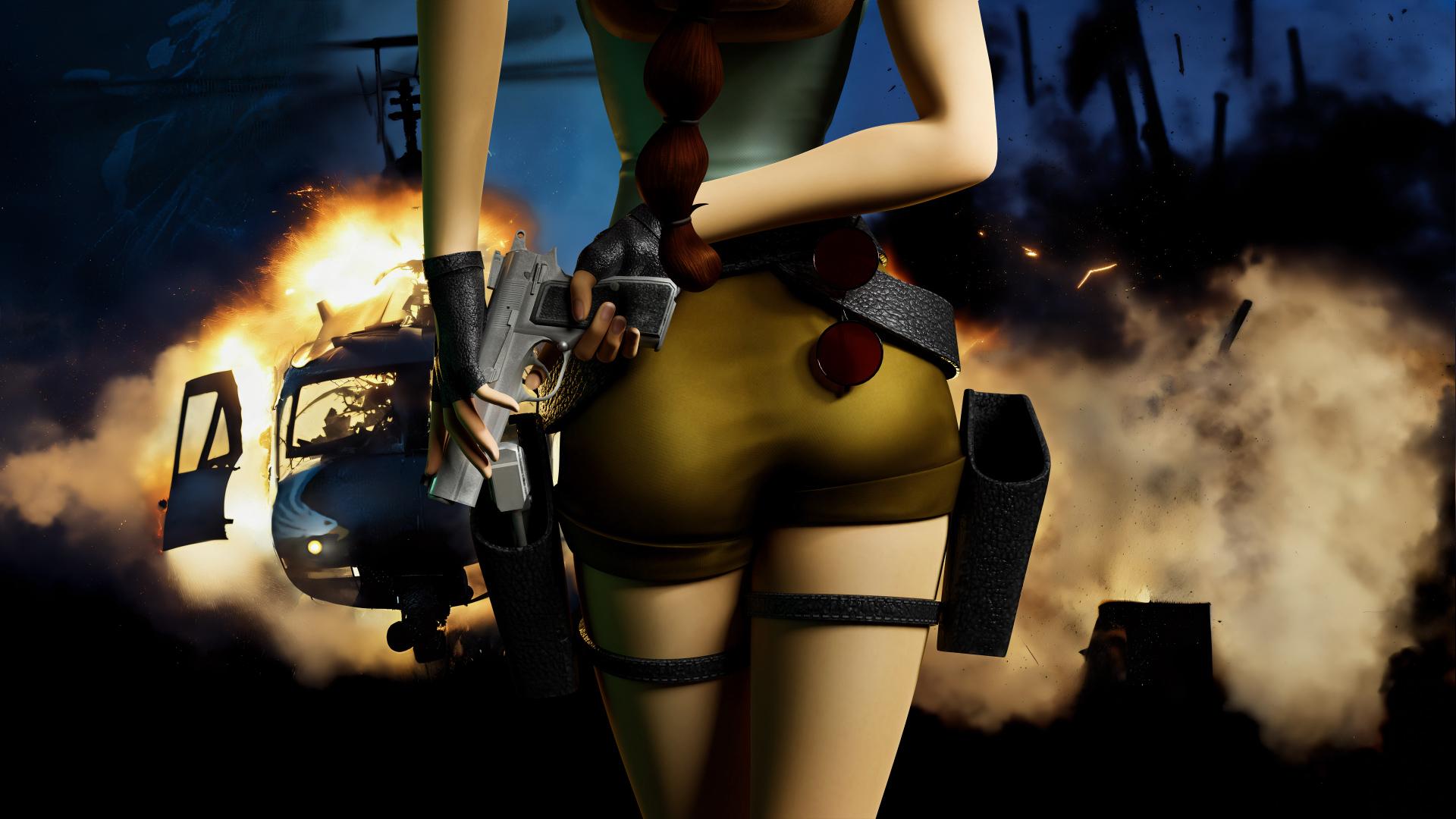
Tomb Raider I-III Remastered Starring Lara Croft is out now!
.webp)

Join the new Society of Raiders
Sign up to join our Society of Raiders and receive monthly newsletters & exclusive rewards. Adventure is calling!






























